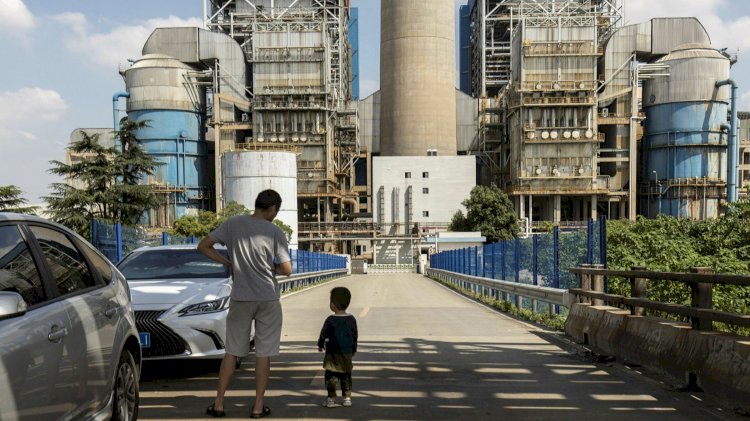IEA stated that the volatility in energy prices is here to stay for long time
The International Energy Agency (IEA) has issued warnings that volatility amid the energy levels is here to stay for longer period

Energy prices all over the world have been started to record higher levels as a power crunch has started hitting Asia and Europe. The International Energy Agency (IEA) has issued warnings that volatility amid the energy levels is here to stay for longer period. A Paris-based agency has stated that the world has been underinvesting for potential energy consumption, which is expected to initiate a transition toward net-zero emissions to be unstable. There is still a lot of risk looming with more turbulence across global energy markets. One of the top officials at IEA stated that there has been an underinvestment if not good enough o meet energy needs in the future and has started becoming a breeding ground for uncertainties in setting up volatility in the market.
The rising dangers from an energy complex that’s been mismatched on the demand and supply side has started playing out as the global economy recovers from COVID-19 pandemic. Energy demand has soared as businesses have started to reopen and consumers have returned to pre-pandemic levels; However, the supply has remained restricted with producers growing reluctant to showcase new production online. Oil prices have also soared by over 60% for 2021 after plummeting to record low levels back in April 2020, while U.S. has recorded doubling of the natural gas prices this year. In Europe, spot natural gas prices have started hitting all-time high levels amid this fall, whereas coal prices have risen dramatically amid winter heating season. Higher fuel costs are anticipated to get passed onto the businesses and consumers, potentially hitting the recovery of the economy.
For the countries to reach net-zero emissions by 2050, clean energy expenditure has to increase to USD 4 trillion annually by the end of 2030, according to IEA. In contrast, the IEA recent report stated that emissions have plummeted by 40% using technologies that have paid for themselves in improving efficiency and limiting any gas leaks.




























